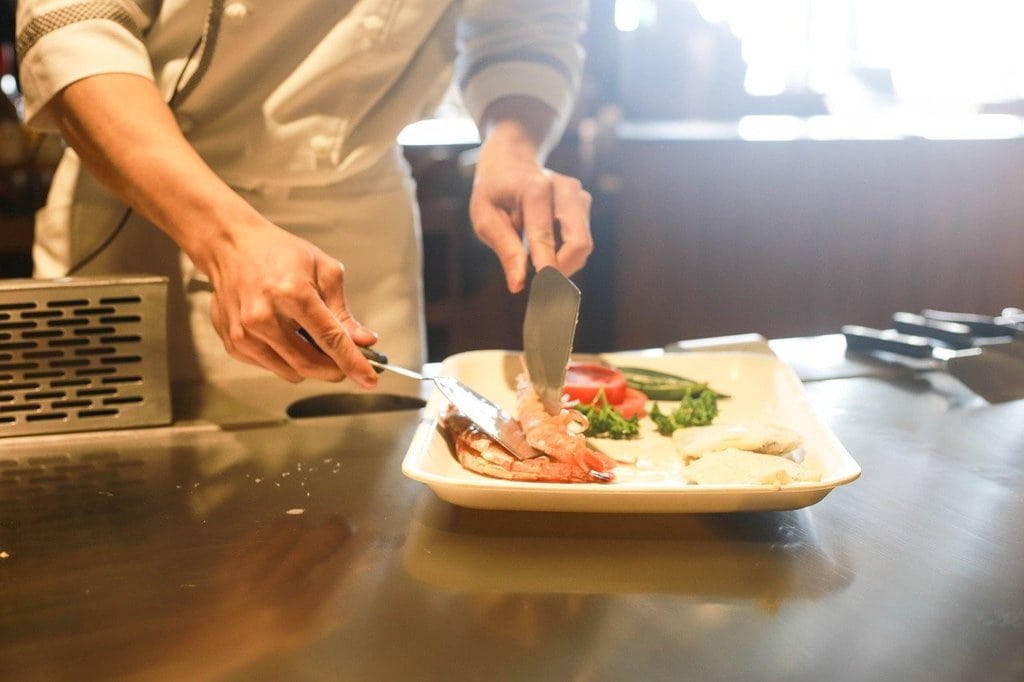A chef’s lifestyle is demanding, often requiring long hours on their feet, quick movements, and heavy lifting. This routine can be physically taxing, leading to fatigue and potential injury if not balanced with proper physical conditioning. Integrating specific workouts into a chef’s routine can enhance stamina, strength, and overall well-being, enabling them to perform at their best in the kitchen.
Ideal Workouts for Chefs: enhancing Stamina and Strength
Chefs endure long shifts that can extend beyond ten hours, primarily spent standing and moving around. Stamina and endurance are critical, and incorporating cardiovascular exercises into a fitness regime can significantly benefit chefs. Activities such as running, cycling, and swimming are excellent for boosting cardiovascular health and endurance. Additionally, interval training, which alternates between high-intensity bursts and lower-intensity recovery periods, can help build stamina efficiently without requiring extensive time commitments.
Strength Training: building a Solid Foundation
Strength training is another key component of a chef’s fitness plan. Handling large pots, lifting heavy ingredients, and constant stirring can take a toll on the muscles. Weight training exercises focusing on major muscle groups—such as squats, deadlifts, bench presses, and rows—can build the necessary strength and resilience. Incorporating resistance bands and bodyweight exercises can also provide variety and can be easily done at home or in small spaces.

Flexibility and Mobility: preventing Injuries
Flexibility and mobility are often overlooked but are vital for chefs who constantly reach, bend, and twist. Practices such as yoga and Pilates are excellent for enhancing flexibility, improving posture, and reducing muscle tension. These exercises also promote mental clarity and relaxation, which can be beneficial in the high-stress environment of a professional kitchen. Simple stretching routines before and after shifts can help maintain flexibility and prevent injuries.
Core Stability: the Backbone of Movement
A strong core is essential for stability and balance, which are crucial for chefs constantly moving and lifting. Core workouts, including planks, Russian twists, and leg raises, strengthen the muscles around the abdomen and lower back. These exercises support better posture and reduce the risk of lower back pain, a common issue among chefs due to prolonged standing and bending.
Here are some core exercises that can be incorporated into a chef’s workout routine:
- Plank variations (front plank, side plank)
- Russian twists
- Bicycle crunches
- Leg raises
- Stability ball exercises
Creating a Balanced Workout Routine
Creating a balanced workout routine involves integrating various types of exercises to address different physical needs. Combining cardiovascular exercises, strength training, flexibility workouts, and core stability exercises ensures a well-rounded fitness plan. It’s essential to start gradually, especially for those new to exercising, and progressively increase intensity to avoid burnout and injuries.
Time Management for Busy Chefs
One of the biggest challenges for chefs is finding time to exercise. With their demanding schedules, it might seem daunting to fit in workouts. However, short and effective workout sessions can be just as beneficial. High-intensity interval training (HIIT) and circuit training are perfect for maximizing workout efficiency in a limited timeframe. These workouts can be done in as little as 20-30 minutes and provide substantial benefits.
Mental Well-being: the Overlooked Aspect
Physical fitness directly impacts mental well-being, which is crucial for chefs who often work in high-pressure environments. Regular exercise releases endorphins, improving mood and reducing stress levels. Mindfulness practices, such as meditation and deep breathing exercises, can also be integrated into a fitness routine to promote mental relaxation and focus.
Regular exercise not only boosts physical health but also enhances mental resilience, which is invaluable for a chef’s demanding job.
Long-term Benefits of Fitness for Chefs
Incorporating a dedicated fitness routine has long-term benefits that extend beyond the kitchen. Improved physical health leads to increased energy levels, better sleep patterns, and a stronger immune system. Chefs who maintain their fitness are less likely to experience work-related injuries and can enjoy prolonged careers with fewer health complications.
To sum up, balancing a chef’s rigorous lifestyle with a comprehensive fitness plan is essential for sustaining their physical and mental health. By integrating a mix of cardiovascular, strength, flexibility, and core stability exercises, chefs can enhance their performance in the kitchen and lead healthier, more fulfilling lives.
